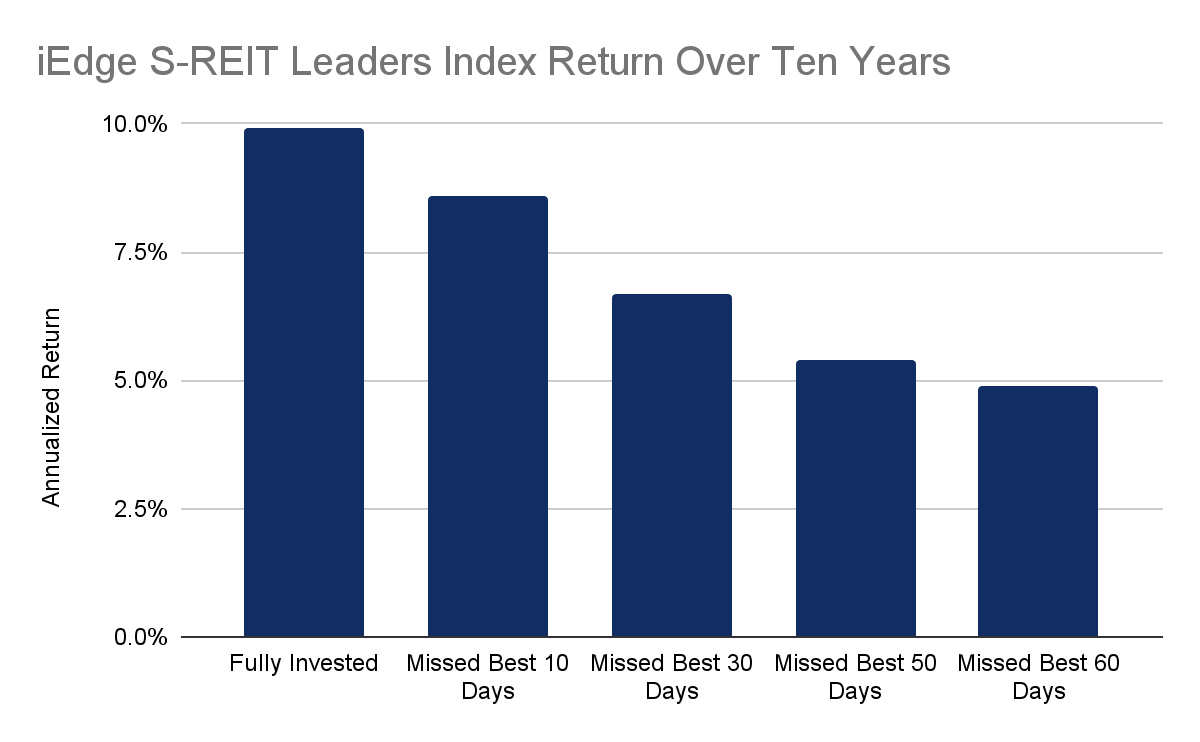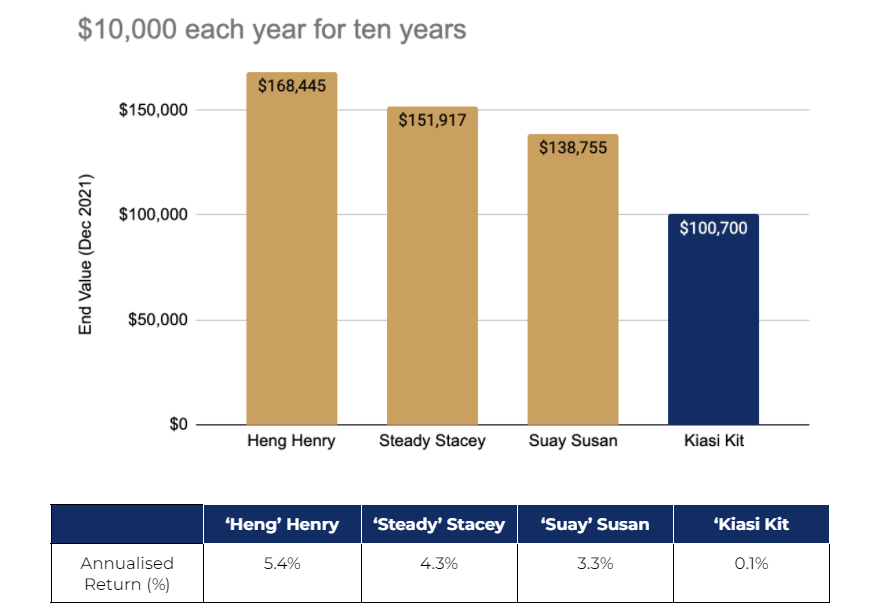
The past few months have been rough for Singapore REITs. Investors are worried that impending interest rate hikes will translate to higher borrowing costs for REITs, in turn affecting their financial performance. This has led to share price weakness for many S-REITs.
Before you decide to look elsewhere for passive income, it’s worth referring to the facts.
S-REITs have defences in place. Nearly 77% of S-REITs interest costs are hedged, thereby minimising the impact of rate hikes on distributions. According to DBS Group Research, the impact of interest rate hikes is “manageable and not as large as investors fear”. Analysts see the interest rate risk as being mispriced, noting that a 1% increase in interest costs would take more than three years to have a significant impact on REIT distributions.
1. Singapore REITs Remain Resilient
The majority of S-REITs posted positive earnings in 2021, reporting strong DPU growth and providing positive guidance for 2022. With robust balance sheets and low gearing, S-REITs are positioned to ride out higher interest rates.
RHB Research noted recently that “S-REITs will still outperform, due to stronger growth prospects as the economy reopens, and better demand/supply dynamics, which underpin healthy rental reversions”.
With Singapore further relaxing Covid-19 restrictions, office and retail REITs are poised to benefit from the continued re-opening. Meanwhile, industrial and logistics REITs will likely continue to benefit from the increased demand for business parks and warehousing spaces.
Look to the long term
REITs are a medium- to long-term investment. In other words, your investment horizon should be years, not months. We understand it can be tough to keep a long-term perspective given the REIT sector’s shaky performance this year.
2. It Pays To Stay Invested
Missing just the 30 best days (in the last ten years) for Syfe REIT+ can cut your overall return by a third (32%). Missing the best 60 days halves an investor’s total return.
By pulling out of the market, investors could miss a few bad days, but they’ll also end up missing any good days that follow.

As Vanguard’s founder Jack Bogle put it: “it’s about time in the market, rather than timing the market.” Staying invested is the key to long term success.
3. What Are Other Investors Doing?
Despite the share price weakness in the REIT sector, retail interest in S-REITs have remained strong since the start of 2022. Retail investors play an outsized role in S-Reits and are the key drivers of overall S-Reits sector fund flows. In 2021, retail investors contributed more than S$1bn to net flows (total amount bought-total amount sold).
Macroeconomic challenges notwithstanding, the fact remains that S-REITs offer one of the highest yields globally. Average yields for S-REITs come in between 4% to 6% annually.
4. Even ‘Suay’ is better than ‘Kiasi’.
‘Heng’ Henry: Henry has the best timing ever. He deploys $10,000 each year at the lowest point.
‘Steady’ Stacey: Stacey splits her $10,000 into 12 equal portions, investing monthly. This is also known as dollar-cost averaging (DCA).
‘Suay’ Susan: Susan deploys $10,000 at the highest closing level each year.
Henry, Stacey and Susan invested in Syfe’s REIT+ portfolio from Jan 2012 to Dec 2021 (10 years) while Kit held cash.
‘Kiasi’ Kit: Kit thinks that he can time the market but ends up not investing and leaves $10,000 in cash thinking that a sell-off is round the corner.
These scenarios are inspired by Schwab’s research.

No surprises that Henry does the best, but perhaps unexpectedly Stacey is not far behind! Even Susan, who has the worst luck possible, made 38% more than Kit, who was indecisive and kept his funds in cash.
No one can be Henry, but we can definitely be more like Stacey, investing consistently over time and staying on course.



You must be logged in to post a comment.